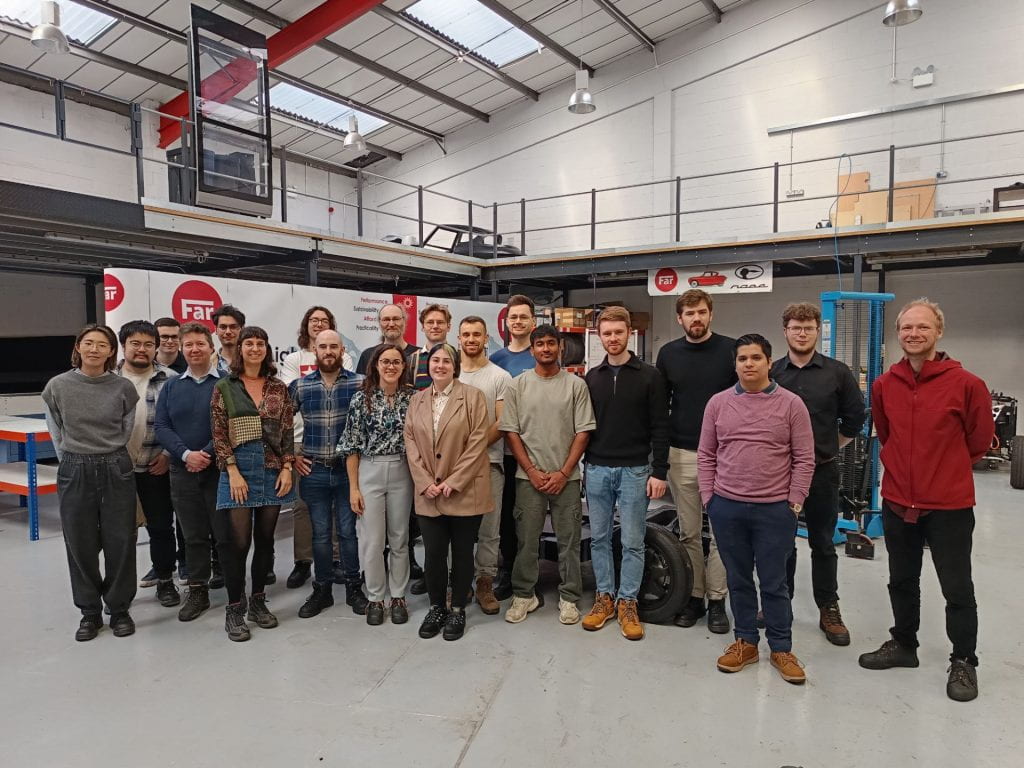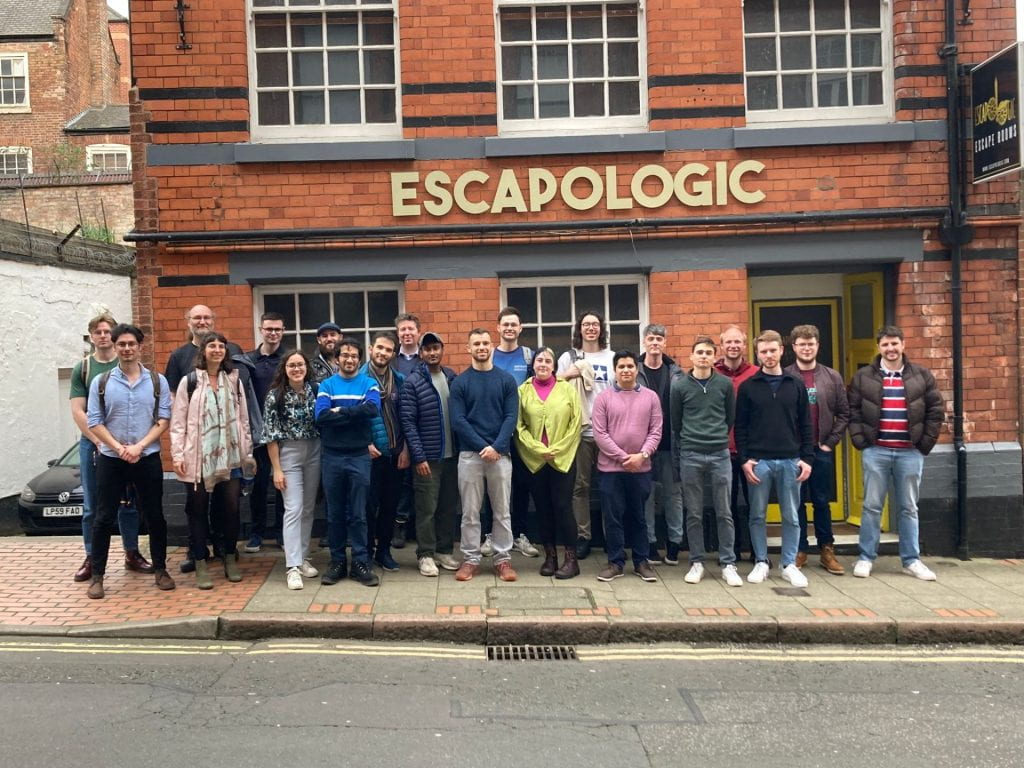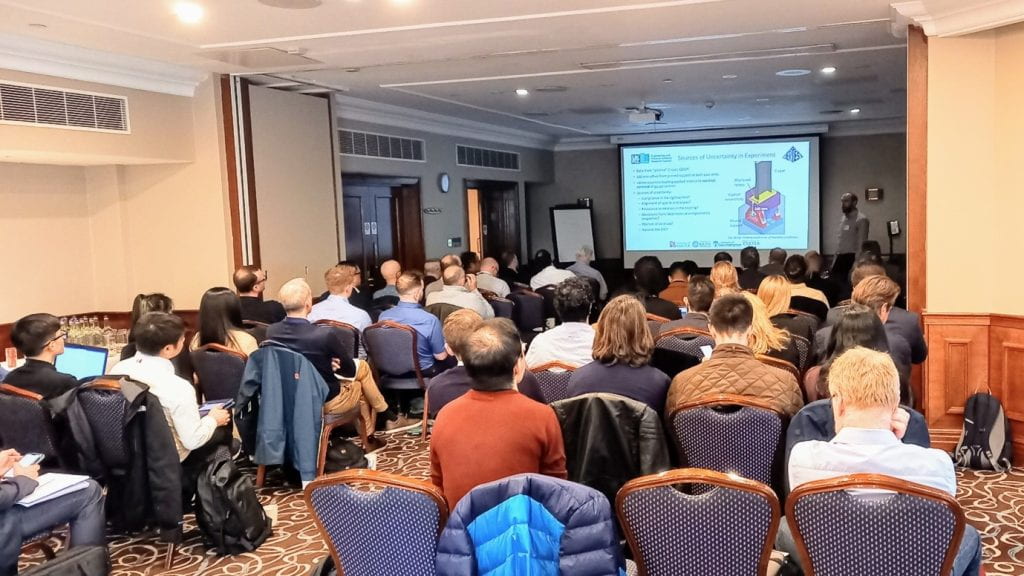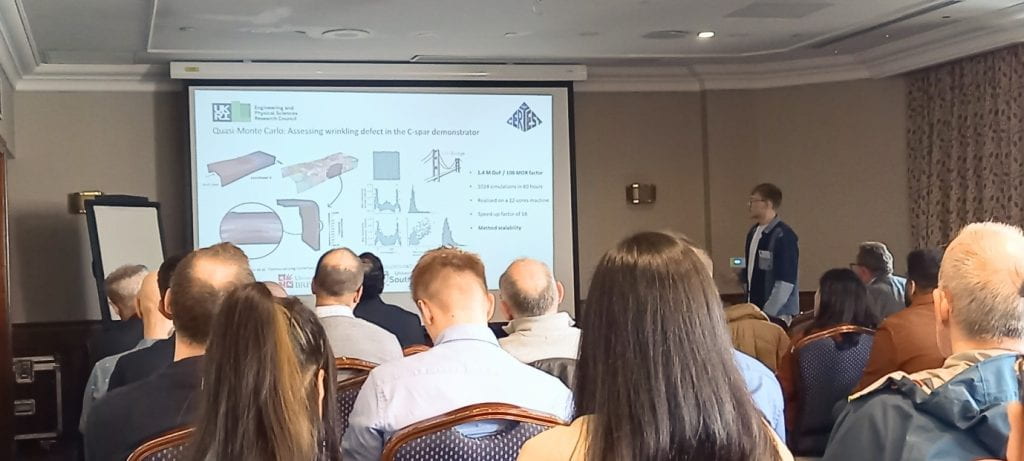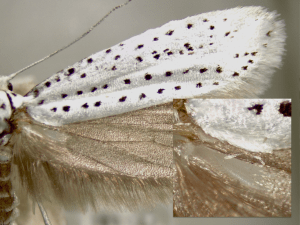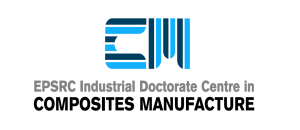By Prof. Ian Hamerton, Prof. Byung Chul Kim, & Dr Vincent K. Maes
The high specific properties of composite materials have long made them of interest in space applications, where despite significant reductions over the years it still costs around $15 dollars per gramme of payload to get to Low Earth Orbit (LEO). However, significant challenges remain in terms of producing material systems capable of withstanding the harsh environments, manufacturing light weight components precisely, and developing innovative solutions to enabling future space missions. At the Bristol Composite Institute (BCI), several research activities are targeted at developments that will enable further utilisation of composites in space applications. These can broadly be grouped under three main challenges.
Challenge 1: Getting to space.
While the specific properties of composite materials are high, realising the true potential for lightweighting requires reliable defect free manufacturing as well as significant tailoring of the amount of material and orientation of fibres in different regions of the part. To this end, there have been two key developments at the BCI that promise to contribute to extreme light-weighting. WrapToR, or Wrapped Tow Reinforced, truss structured, led by Dr Ben Woods, combines the high specific properties of composites with the high geometrical efficiency of truss structures and the efficient and highly automatable wrapping process.
 In parallel, development of fibre steered composite structures, led by Prof. Byung Chul (Eric) Kim, has had several successful steps towards commercialization. Specifically, a recent academic – industrial collaborative effort, led by the European Space Agency (ESA), which designed and manufactured Rapid Two-Steered (RTS) cylindrical structure, see Figure 1, clearly shows its potential for launch vehicles, where the design focus is not on the strength but on the structural stability during launching. The produced structure was nominated for a JEC Composites Innovation award in 2022. This study, which is now being followed by an ESA-funded project to apply the same methods to a full scale space structure in collaboration with a prime space contractor, was led by Dr Rainer Groh in collaboration with a BCI spin-out company, iCOMAT, which is commercialising Continuous Tow Shearing (CTS) technology after the techniques was first developed within a BCI research project. iCOMAT are proactively engaging with the space industry having secured £4.8M from the UK Space Agency (UKSA) and very recently a further £22.5M Series A from venture capital, a rare feat for composite start-ups.
In parallel, development of fibre steered composite structures, led by Prof. Byung Chul (Eric) Kim, has had several successful steps towards commercialization. Specifically, a recent academic – industrial collaborative effort, led by the European Space Agency (ESA), which designed and manufactured Rapid Two-Steered (RTS) cylindrical structure, see Figure 1, clearly shows its potential for launch vehicles, where the design focus is not on the strength but on the structural stability during launching. The produced structure was nominated for a JEC Composites Innovation award in 2022. This study, which is now being followed by an ESA-funded project to apply the same methods to a full scale space structure in collaboration with a prime space contractor, was led by Dr Rainer Groh in collaboration with a BCI spin-out company, iCOMAT, which is commercialising Continuous Tow Shearing (CTS) technology after the techniques was first developed within a BCI research project. iCOMAT are proactively engaging with the space industry having secured £4.8M from the UK Space Agency (UKSA) and very recently a further £22.5M Series A from venture capital, a rare feat for composite start-ups.
Looking forward, next-generation automated composites manufacturing technologies are needed to enable highly efficient and complex composite structures that cannot be manufactured with current technologies. At BCI, 3D CTS technologies, see Figure 2, are under development which can manufacture complex space structures such as domes and nose cones without defects (see further reading for publication).

Figure 2 – The team at Bristol developing continuous tow stearing for 3D geometries (top) with examples of standard AFP quality (bottom left) vs CTS quality (bottom right).
Challenge 2: Surviving space.
Once gravity has been overcome, the materials that remain in space will be exposed to the extremely damaging effects of atomic oxygen, extreme temperatures and thermal cycling, galactic cosmic radiation, and other challenging environmental effects. To address these challenges Prof. Ian Hamerton has led and supervised several research activities around developing new composite materials. Current projects are funded by the UK Space Agency (UKSA) and the Defence and Security Accelerator (DASA) and include collaborations with the National Composites Centre (NCC) in two high profile ESA programmes.
Initial developments began in 2017, when Oxford Space Systems funded a PhD studentship to study material survivability under space conditions. This work resulted in a family of polybenzoxazine (PBZ) nanocomposite resins, with enhanced resistance to degradation from the highly damaging effects of atomic oxygen, which has subsequently been studied in several research projects.
These developments have led to the BCI contributing four composite samples to an experiment in the Euro Material Ageing Facility on the Bartolomeo module onboard the International Space Station (ISS). The samples were prepared with UKSA funding and are based on three PBZ resins and a novel cyanate ester resin, also designed in BCI. Transportation to the ISS on a SpaceX Dragon launch vehicle is planned for the autumn of 2024; where the samples will spend up to 18 months, orbiting the Earth, before being returned for further analysis. This is part of a £3.5M Euro Materials Ageing 1 campaign (funded jointly by ESA and CNES), designed to examine the effects of the LEO environment, see Figure 3, on 45 materials drawn from 15 international teams.

Figure 3 – In space materials are exposed to extreme temperatures and radiation, including charged particles which earth is shielded from by its magnetic field. [image credit: SSA, reproduced under ESA Standard Licence [non-commercial use]).
In parallel, Prof. Hamerton’s team is also conducting projects to investigate chemically modified variants of the PBZ resins for their shielding characteristics towards galactic cosmic radiation, as well as the effects of LEO on the efficiency of thin (0.3 mm) deployable laminates. Another line of research is developing self-healing variants of PBZ polymer matrices, with the aim of improving the resilience of the composites against high velocity impacts from space debris – which is an important consideration for the final challenge.
Challenge 3: Staying in space
Once the payload is in space and resilient to the harsh environment, the goal now becomes to stay there and operate for as long as possible. With space agencies shifting their focus towards longer missions and even extraterrestrial habitats, cradle-to-cradle materials and processes that enable in-orbit and off-planet repair and manufacturing will become critical. In this, both novel material and manufacturing developments within the BCI play a crucial role.
Increased use of high performance thermoplastics as well as the potential to use reclaimed fibres using the patented HiPerDiF process, currently being commercialised as AFFTTM by another BCI spinout, Lineat Composites, combined with either fibre steering technologies or the WrapToR process, may enable low cost and scalable manufacturing. The specific coupling of HiPerDiF material and the WrapToR process is the current focus of a collaborative PhD project and related proposals to extend this work have recently submitted to the UKSA and ESA. Furthermore the WraptToR process has also been adapted into an extrusion like process, known as “TrussTrusion”, which could allow for compact payloads of raw materials which are then turned into the structural components once in space, or for re-production of recycled materials into new structural elements.
Outlook
While the challenges are great, the research already carried out and current developments are providing the building blocks and cornerstone technologies needed to enable the future of space exploration and travel. Providing both improved performance and sustainability, the research at the BCI is well placed to lead the way in the 21st century.
Acknowledgements
The challenges in developing new material systems and manufacturing process for space applications are profound, so it takes the efforts of many. Within the BCI contributions have been made by PhD researchers, past and present, post-doctoral researchers, academic staff, and our collaborators around the world including colleagues at the National Composites Centre.
Further reading:
Tailor-made composites for tougher space structures, [web], 08/06/2022, https://www.esa.int/Enabling_Support/Space_Engineering_Technology/Tailor-made_composites_for_tougher_space_structures
Lincoln, R., Weaver, R., Pirrera A., and Groh, R., Manufacture and buckling test of a variable-stiffness, variable-thickness composite cylinder under axial compression. AIAA SCITECH 2022 Forum, San Diego, CA, January 3-7, 2022. https://doi.org/10.2514/6.2022-0664
Press release: £47 million investment to supercharge space infrastructure across the UK. UK Space Agency, [web], 22/11/2023, https://www.gov.uk/government/news/47-million-investment-to-supercharge-space-infrastructure-across-the-uk
Rosario Grabriel, E., Rautmann, M, and Kim, B.C. Continuous tow shearing for the automated manufacture of defect-free complex 3D geometry composite parts. Composites Part A, 183, 2024. https://doi.org/10.1016/j.compositesa.2024.108212
Why Space? The Opportunity for Materials Science and Innovation, version 1.2.1, M. Lappa, I. Hamerton, P.C.E. Roberts, A. Kao, M. Domingos, H. Soorghali, P. Carvil (Eds.), STFC and UK Sat Apps, February 2024. (including Considerations for Material Development and Manufacturing in Space, Hamerton, I., Roberts, P. & Carvil, P. pp. 35-40).
Effect of atomic oxygen exposure on polybenzoxazine/POSS nanocomposites for space applications, He, Y., Suliga, A., Brinkmeyer, AW., Schenk, M. & Hamerton, I., 2024, In: Composites Part A: Applied Science and Manufacturing. 177, 107898. https://doi.org/10.1016/j.compositesa.2023.107898
Physical and mechanical properties of nano-modified polybenzoxazine nanocomposite laminates: Pre-flight tests before exposure to low Earth orbit, Kong, K., Gargiuli, J. F., Kanari, K., Rivera Lopez, M. Y., Thomas, J., Worden, G., Lu, L., Cooper, S., Donovan-Holmes, S., Mathers, A., Hewlings, N., Suliga, A., Wessing, J., Vincent-Bonnieu, S., Robson Brown, K. & Hamerton, I., 20 Feb 2024, (E-pub ahead of print) In: Composites Part B: Engineering. 111311. https://doi.org/10.1016/j.compositesb.2024.111311
Development of cyanate ester-oligosiloxane copolymers for deployable satellite applications, Rivera Lopez, M. Y., Suliga, A., Scarpa, F. & Hamerton, I., 11 Dec 2023, (E-pub ahead of print) In: Polymer. https://doi.org/10.1016/j.polymer.2023.126573
Development of Cycloaliphatic Epoxy-POSS Nanocomposite Matrices with Enhanced Resistance to Atomic Oxygen, Rivera Lopez, M. Y., Lambas, J., Stacey, J. P., Gamage, S., Suliga, A., Viquerat, A., Scarpa, F. & Hamerton, I., 25 Mar 2020, In: Molecules. 25, 7. https://doi.org/10.3390/molecules25071483
Morabito, F., Macquart, T., Schenk, M., and Woods, B.K.S. Continuously extruded wrapped tow reinforced truss beams. Journal of Reinforced Plastics and Composites, 2024. https://doi.org/10.1177/07316844241242884


 A group of Sixth Form students are being taking part in the NextCOMP Crusher activity, guided by a current CDT student. Photo credit: James Griffith
A group of Sixth Form students are being taking part in the NextCOMP Crusher activity, guided by a current CDT student. Photo credit: James Griffith A group of Sixth Form students engaged in the activity of creating an aeroplane wing. Photo credit: James Griffith
A group of Sixth Form students engaged in the activity of creating an aeroplane wing. Photo credit: James Griffith A group of Sixth Form students testing their Marble Run. Photo credit: James Griffith
A group of Sixth Form students testing their Marble Run. Photo credit: James Griffith



